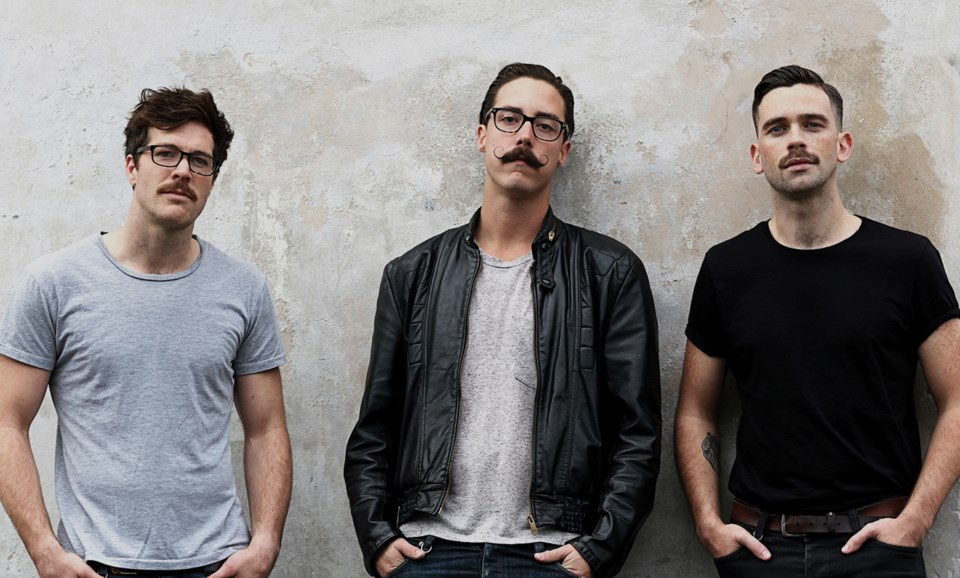Hearing about moustaches all this month reminded me of the time I believed my chances of becoming a millionairess hung, so to speak, on a moustache.
Many years ago, a collector friend showed me a curious porcelain cup that he’d just acquired. He was inordinately pleased with himself. “I’ll bet you a million dollars you’ll never guess what this is,” he said.
I kept a poker face and examined the cup. For a whole minute I didn’t speak, only sighing a few times, while my friend looked increasingly smug. Finally, I said, “It’s a moustache cup.” At those words my friend became as angry as Rumpelstiltskin upon hearing the queen correctly guess his name.
My friend’s moustache cup dated from the Victorian age, probably the second half of the 19th century when moustaches were again a favourite facial adornment, after having been eschewed by fashionable men for most of the previous century. Beards had suffered the same fate, regaining popularity in the course of the 19th century.
Men’s hair care in Victorian times was as fussy and involved as that of women. Styling agents such as pomades and waxes gave shape to moustaches (and tamed eyebrows). These products were sometimes coloured, ideal for hiding grey hairs. Black wax for moustaches was also known as mascara, the Spanish word for mask or stain (from the medieval Latin “masca,” meaning spectre, nightmare). The bar across a moustache cup was intended to prevent the wax from melting in the hot tea.
The popularity of moustaches, as of other facial hair, rises and falls like an eternal stock market. We know men of ancient times sported beards and moustaches, as numerous portraits testify. In fact, the English word moustache ultimately derives from the ancient Greek word “mystax.” In the Doric Greek dialect it referred to the upper lip and is related to the Attic Greek dialect word “mastax,” signifying jaws and mouth.
At the start of the ninth century, facial hair was discouraged, even outlawed, among members of the Roman Catholic Church. Pope Leo III, on the throne of St. Peter’s from 795 to 816, is believed to have been the first clean-shaven pope. Papal beards didn’t reappear until Pope Julius II, Michelangelo’s patron, grew one in 1511-1512 to mark his mourning of the Papal States’ loss of Bologna.
Side whiskers were another type of masculine facial hair already seen on ancient portraits — most famously of Alexander the Great — and which grew abundantly, together with beards and moustaches, in the 19th century. Their shape led to them being called mutton chops. Sideburns, another term for them, derives from the name of the American Civil War general, Ambrose Burnside, who wore them like a garland across his face.
Oh, back to that bet — although I didn’t admit it, I probably wouldn’t have been able to identify the object had I not seen a moustache cup illustrated in an antiques magazine only the day before. And no, I never got the million dollars.
Sabine Eiche is a writer and art historian. See Members.Shaw.ca/SEiche



